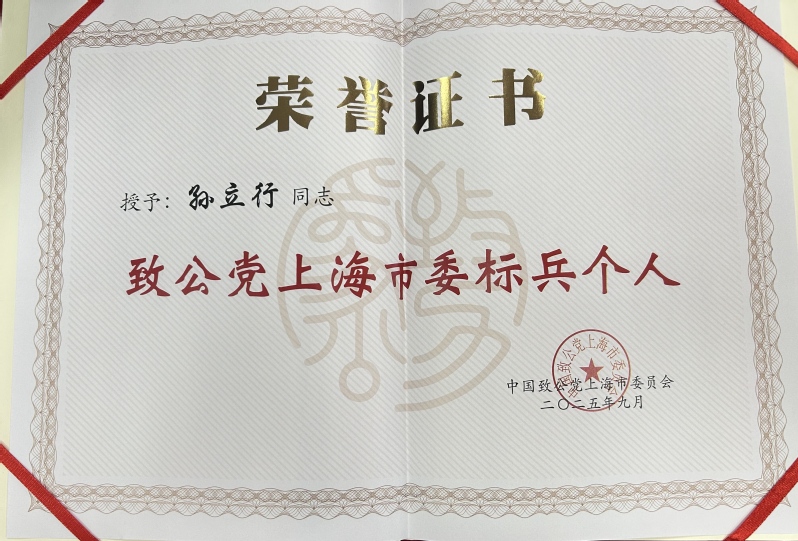Signs point to mild appreciation for the yuan
Compiled by Global Times reporter Qiu Chen based on an interview with Zhou Yu, director of the Research Center of International Finance at the Shanghai Academy of Social Sciences.
The yuan proved to be one of the world's strongest currencies in 2013, a year when currencies in many emerging-market nations were rocked by large-scale sell-offs and signs of softening growth.
Looking ahead, experts foresee the continued appreciation of the Chinese currency over the coming months, with the renminbi likely to soon crack the psychologically important 6 yuan ($0.99) per dollar mark. While the ongoing rise has aroused predictable concerns about the competitiveness of China's exports, the pressure on the immediate horizon looks manageable.
The yuan appreciated 2.9 percent against the US dollar last year under a widening trade surplus and capital inflows aimed at China's high interest rates. This jump looks relatively modest when one considers that the yuan has strengthened 36 percent against the dollar since Chinese policymakers kicked off exchange rate reforms in 2005. In 2008 alone, the yuan rose 6.9 percent against the dollar, followed by a 4.86 percent increase in 2011.
As long as the trade and investment drivers of the yuan's appreciation remain in play, the renminbi could strengthen by roughly 3 percent over the course of 2014. China's central bank would likely tolerate such an increase, since it's one that exporters could easily digest - most local export firms typically bank on 3 percent annual currency appreciation when it comes to calculating their costs and their sales prices.
From the market side, there are several reasons to suggest that a 3-percent rise is imminent. For instance, it is very likely that the surplus in China's balance of payments could stabilize, or even further narrow, in 2014 compared with last year. Exporters may find it tough to expand the country's trade surplus with major trading partners in Europe and Asia still on shaky economic ground. Meanwhile, capital inflows are poised to falter as foreign investors anticipate economic growth in China to ease further into the lower 7-percent range this year.
Elsewhere, the political pressure to push up the yuan has eased with improvements to the US economy. In the immediate aftermath of the global financial crisis, politicians in the US rallied around calls for a stronger yuan as part of their strategy to champion market opportunities for US-made goods. But with the country's unemployment rate grinding lower and the US manufacturing sector crawling toward recovery, the most strident calls for an appreciated yuan have diminished now that the worst appears to be over for the US economy.
In certain circumstances, monetary authorities may allow their currency to appreciate to cope with surging levels of inflation. In China's case, a rising yuan could cut export volumes, creating room for the central bank to issue less cash to purchase foreign currency reserves accumulated through export as a way to alleviate inflation. But with China's consumer price index remaining largely stable in 2013 and into the beginning of 2014, authorities might be less motivated to prop up the yuan as release against price growth.
True, the yuan's march toward appreciation will make it harder for China's exports to find buyers overseas. But, as top planners are undoubtedly aware, there are upsides to this challenge for the country's economy. A stronger yuan will make imports less expensive and hopefully stimulate domestic consumption. And without the advantages of a cheap currency, Chinese exporters will have to improve the quality of their products and services. Accomplishing such steps will be vital in helping the country recalibrate its economy toward consumption-led growth and away from dependence on low value-added exports.
Perhaps more importantly though, expectations of an appreciating yuan will promote its use as an international currency. As of December, the renminbi was among the world's 10 most used currencies for payments, overtaking the Singapore dollar, according to the Society for Worldwide Interbank Financial Telecommunication, a global provider of financial messaging services. Many regarded the currency's appreciation as one of the main factors that boosted its position in global trade settlement. With the yuan expected to find further room to rise, this will amplify incentives for traders to hold and use the currency.
Over the long-run, the yuan will continue to approach equilibrium, with more upward and downward adjustments on the horizon for the currency as China's balance of payment surplus recedes. Ultimately, what China needs is a stable currency to support two of its most pressing financial goals: liberalizing exchange rates and opening its capital accounts.
来源:Global Times | 2014-2-9






